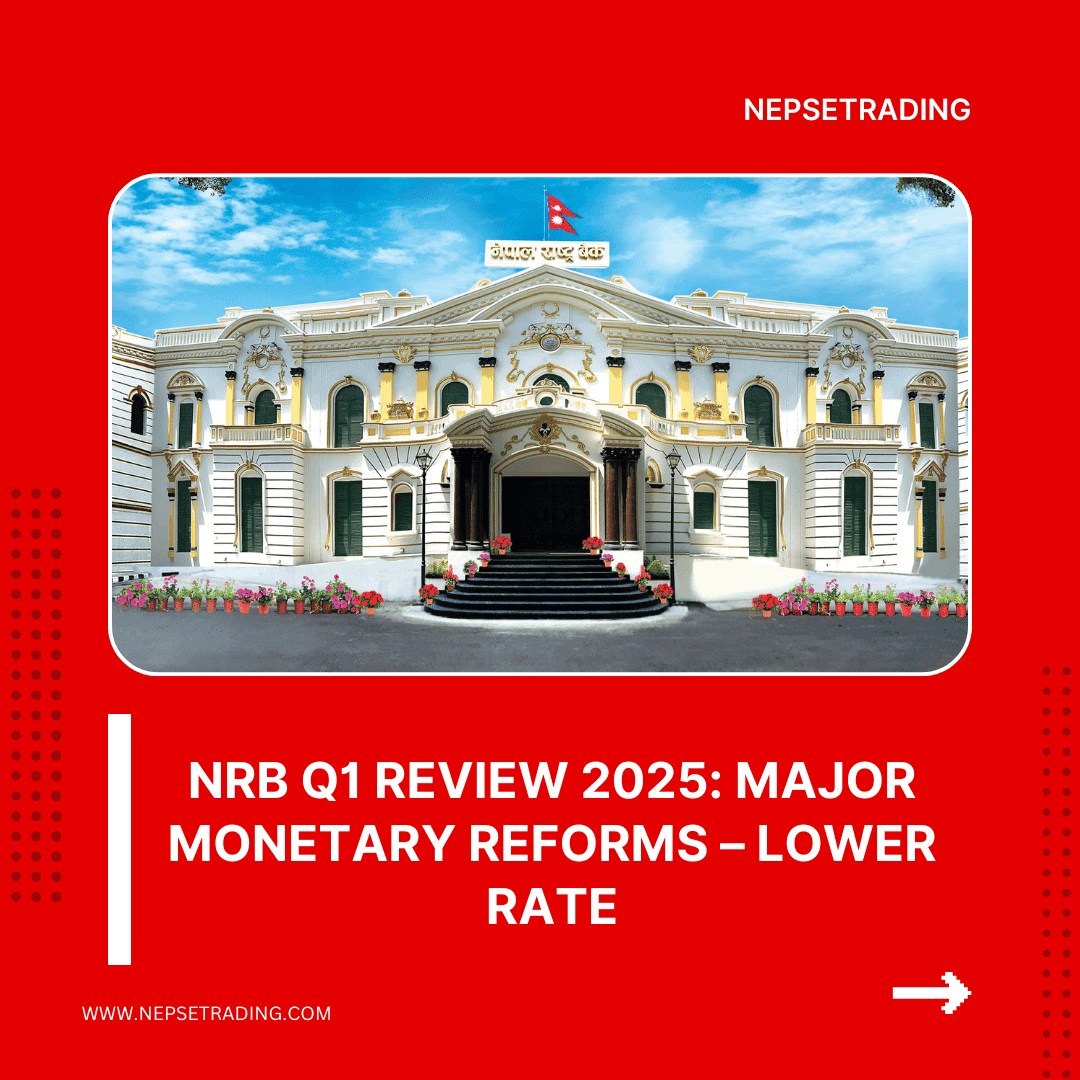By Sandeep Chaudhary
Building Your Own Valuation Model for NEPSE Companies

Creating a valuation model for companies listed in the Nepal Stock Exchange (NEPSE) is one of the most empowering skills for investors and analysts who want to make data-driven, independent investment decisions. A customized valuation model helps you determine the intrinsic value (true worth) of a company, rather than relying on market hype or speculation. It combines elements of accounting, finance, and forecasting to assess whether a stock is undervalued, fairly valued, or overvalued — forming the foundation of long-term, fundamental investing.
The process begins with collecting historical financial data from the company’s annual and quarterly reports — including Earnings Per Share (EPS), Revenue, Net Profit, Book Value, Cash Flow, and Dividend History. This data provides the base for trend analysis and growth assumptions. Investors then project future earnings based on the company’s past performance, sector growth, and macroeconomic outlook.
One of the most commonly used models is the Discounted Cash Flow (DCF) Model, which calculates the present value of all expected future cash flows discounted at an appropriate rate (usually the company’s cost of equity or WACC). If the intrinsic value per share derived from the DCF is higher than the current market price, the stock is considered undervalued and potentially a good buy.
Another approach is the Relative Valuation Method, where you compare valuation ratios such as Price-to-Earnings (P/E), Price-to-Book (P/BV), and EV/EBITDA with peers in the same sector. This helps identify which companies are trading at discounts or premiums relative to their fundamentals. Combining DCF and Relative Valuation provides a more balanced, realistic view of value.
Professional analysts also include sensitivity analysis — testing how valuation changes with different growth rates, discount rates, or profit margins. This step helps understand risk and uncertainty, which is crucial in a market like NEPSE, where liquidity and sentiment can fluctuate rapidly.
While tools like Excel, Google Sheets, or even Python-based valuation scripts can automate much of this process, the true value lies in the logic behind the model. A well-built valuation model allows you to update inputs dynamically, compare multiple companies, and forecast portfolio returns under different market conditions.
According to Sandeep Kumar Chaudhary, Nepal’s leading Technical and Fundamental Analyst and founder of the NepseTrading Training Institute, “A valuation model is your financial microscope. It shows what others miss — the difference between price and value.” With 15+ years of banking and investment experience and having trained 10,000+ investors, he emphasizes that mastering valuation modeling empowers traders to make professional-grade decisions and think like institutional investors.









